|
3/1/2023 Minimalist Skincare Routine: 2 Step Routine and Simple Makeup. Organic, Basic, and Inexpensive Skincare.Read NowAll products mentioned are linked below on Etsy and Amazon. As an Amazon and Etsy affiliate, I may earn from qualifying purchases. I don’t earn from the companies’ website purchases, but they are also linked below. Company names and trademarks of the property of each respective business. 🌾Foraged Fields (totally plastic-free products) on Etsy 👛Sample sizes available for cream, face powder, and blush 🧴Cream 💁🏻♀️Face powder 🌹Blush 🏵️Eyeshadow 🙆🏻♀️Deodorant 💋Lip Balm 🐝Honey Face Wash (sometimes sold out) 🎁Also, a nice starter kit 🔗Foraged Fields company website 🧼Dr. Stamler’s Soaps (minimal plastic) on Etsy (I didn't link each soap bar I use here, as he makes a variety and they're all great.) 🦵Body Oil (sometimes sold out) 😊Facial Oil (sometimes sold out) 🔗Dr. Stamler company website 🦉Blinking Owl Acres (minimal plastic) on Etsy 👸🏻Facial Serum 🩹Boo Boo Balm 🔗Blinking Owl company website ⚖️LBCC Historical (minimal plastic) on Etsy 🦪Pure Pearl Powder 🍚Pure Rice Powder 👁️Eyeliner Applicator 🔥Burnt Cloves for Eyebrow Pencil 🥀Rose Balm 🔗No company website at this time. Here is a YouTube video I made showing these products and how I use them. 🛍️On Amazon: 🧽Exfoliating Mitt 💎Jade Gua Sha Tool 🪨Rose Quartz Gua Sha Tool 📖Gua Sha Instructional Book 🪴Arrowroot Powder 🍊Sweet Orange Essential Oil 🍨Vanilla Essential Oil 👑Frankincense Essential Oil 🖌️Fine Tip Makeup Brushes 👩🏻🎨Eye and Brow Brush Set 👝Powder Brush Set 🫙Glass Jars with Bamboo Lids ➡️If you aren’t ready yet to go as natural as the aforementioned companies, these are the brands I used before: 💄Gabriel Cosmetics 👩🏻🌾Honeybee Gardens 🫧Acure Over the years, I’ve tried various skincare products and routines, trying to find something that would work for my skin and be affordable too. One day after being so frustrated that my skin was getting worse and I was having to add more products trying to correct the increasing problems, I decided to get rid of all the superfluous products and routines and go as simple as possible. I had been buying organic products, but found even organic and natural products had ingredients that were either unnecessary or actually not good for the skin. I had ongoing acne, clogged pores, and skin that would peel and be prone to redness. In addition to this affecting my appearance, it also affected the way I felt physically. I think it makes sense when one’s skin is inflamed and struggling, it can make you not feel good overall. The skin is, after all, an organ. So, I finally decided: forget all these products and complicated routines. And, although I never bought overly expensive products, it was adding up to more than I wanted to spend on skincare and makeup. Here you will find the products I discovered in my search for the most natural, basic, and affordable ideas. Everyone’s skin is so different, so these may not work for you. Also, be aware that just because a product is plant-based it can still cause reactions, allergic or otherwise. Test products first and try them at your own risk. I just hope there is something helpful here for you, if only knowing you’re not alone in the struggle for healthy skin. The companies I feature in this blog are ones I found randomly in hours of research and I currently use their products. Most are very small businesses. I hope all the hours, and trial and error effort I put in, can save you some time and trouble. *I belong to the Amazon Associates program and other affiliate programs, which means I may get a small commission on purchases through the links on my site. FYI, I already used these products before belonging to any affiliate programs. Washing Up and MoisturizingFirst, let’s start with washing the skin. I tried soapnut powder which worked okay. Also, white kaolin clay is very gentle for cleansing the skin. Pink kaolin clay stained my bathtub and skin. Amla powder stained my skin when using it as a paste to wash up with, even though I read online that it doesn’t stain. I use it in my homemade shampoo and it doesn’t stain my skin in that mix when it runs down from my hair, but using it straight on my skin did stain. It was minor and washed off after several soap washes, but that’s not something I want to deal with. So, I am currently using Dr. Stamler’s soaps. They are completely unscented; they only have the wholesome smells of the organic ingredients in them. Also from Dr. Stamler, is this pure olive oil Castile soap. It is coconut oil free and fragrance free. For those with severe allergies, it can be a great option as it only has organic olive oil and distilled water in it. Very pure and gentle! White kaolin clay can be used as a gentle skin cleanser or mixed with soapnut powder. Both have a pH that is friendly to our skin’s natural pH. I just mix the powders together and add enough water to make a paste. I add an essential oil sometimes. I rotate between the Dr. Stamler soaps and the homemade powder mix. I use the same for both face and body wash. So that’s step one of the two step skincare routine: just wash up face and body with a simple soap or homemade wash. Step two is moisturize. I use the cream below for face and body. Simple! I also use the cream for a clear mascara. The cream is made by a plastic-free company, Foraged Fields. Here are a few other moisturizers I use and recommend. I rotate these with the aforementioned cream. These are oil moisturizers rather than cream:
When I have time I like to do gua sha massage. I’ve found it really does make a difference. I received good instructions with pictures from this book. Here are some essential oils that I sometimes add to the homemade face and body wash. These are truly pure essential oils; no fake fragrances! Minimalist and Healthy MakeupFor makeup: I have a very simple, minimalist routine now. I use a clay-based face powder from the same company I buy the face cream from. I add some Pearl Powder or Rice Powder to lighten it even more for my fair skin. It also comes in sample sizes so you can test the colors to find a match (the cream is also available in sample sizes). Additionally, the company makes beautiful blush and eyeshadow colors all made from clay and plants. As another plus, it is also a plastic-free company. The owner is amazing and has created many wonderful items. Link to her Etsy shop here. Here is the link to my blog post about my homemade shampoo; conditioner and hair care:
www.starlightsarah.com/blog/easy-homemade-soapnut-shampoo
12 Comments
9/25/2022 Easy Homemade Shampoo and Conditioner with Soapnut Powder, Marshmallow Root, and More. Organic, Natural, Plastic-Free Haircare.Read Now
I put together an easy homemade shampoo that works for my hair made from soapnut powder (also known as soapberries and reetha/ritha) and a marshmallow root or slippery elm conditioner. I just mix them up before my shower. Hair and scalp types vary widely, so you will probably have to experiment with this to get it correct for your type. (Additionally, I started using a conditioner bar with my hair getting so long.) If you have been using store bought shampoo there will most likely be an adjustment period for your scalp and hair. In addition, I have never colored my hair, so I don’t know if this works for color treated hair. I’m just sharing a recipe that works for me; try it at your own risk!
As part of the Amazon Associates and other affiliate programs, I may earn a commission from qualifying purchases through the links on my site. Amazon and all business names/trademarks are the property of each respective company. Also, when mixing the dry powders, before adding water, be careful as they can be airy. Shikakai makes me sneeze if the powder floats up to my nose. And, like any shampoo or soap, shikakai and soapnut will irritate your eyes, so keep away from your eyes. —I have updated my routine to simply mixing all the powders together and adding water to make a paste, so that is an option if you want to try that as well. Instructions are below to make the paste and after that are my original instructions. All the products I mention and link here are mostly plastic-free or totally plastic-free (at the time of this writing). Also, most of them are organic and from small businesses.
I have linked all the ingredients below on Amazon and Etsy. (You can just click on each ingredient)
Ingredients Shopping List
Some additional products that are helpful:
TIP: I do not comb or brush my hair when it’s wet. I wait until it’s dry to comb/brush it. I’ve found this to help reduce breakage, which is what helps hair grow longer. I used a boar bristle brush for several months, but went back to only using a wide-tooth comb. I left the brush linked, as for those who like boar bristle, it’s a good one.
Directions
Below are my original instructions for making a separate shampoo and conditioner mix:
Shampoo/Hair Wash Mix
This is a liquid shampoo. I squirt it directly on my scalp with one hand and massage it around my scalp at the same time with my other hand.
I also use this scalp massager to help work it around my scalp. (I like that one because it’s solid silicone in one piece, so it’s easy to keep clean: no spaces for water or mold to get in.) Since this type of shampoo barely makes suds, the key is working it into your scalp. It does clean the scalp and hair; you just have to get used to not having a sudsy shampoo. Conditioner
Organic Marshmallow Root Powder
from: Starwest Botanicals Inc.
Oils
There are many types of oils to choose from. Below are some of my favorites.
Again, there are different hair types, so you will have to experiment with what works for you. These are just the products I personally use and have found the companies to be quality and reputable. The babassu oil is like a light coconut oil. I switched to using it instead of coconut oil, because it is lighter but similar in quality. Coconut oil would make my skin break out when the oil got on my skin from my hair. Babassu oil even looks like coconut oil when it’s cold. At warmer room temperatures (upper 70s) it is totally liquid.
The argan oil is a heavier oil than babassu in my opinion, so I use a smaller amount of it. The marula oil is very nourishing and my favorite one to put on the lower portion of my hair, braid it and then it gives me smooth braid waves. The moringa oil I mentioned at the beginning in the shampoo mix is one I also use for getting great braid waves. I rotate all four of these oils on my hair. They last a long time, so it’s economical using them.
This is the sandalwood comb I use:
I hope this helps you have healthy hair as well. I’ve also found it saves money making my own shampoo. I don’t have to use other products on my hair besides the above mentioned oils. It cuts down on plastic bottles too! In addition, the ingredients are so basic, whereas store bought shampoos have so many ingredients that aren’t actually healthy.
Regular shampoo tends to strip your hair and is usually the wrong pH for scalp and hair. Soapnuts and shikakai have a pH of between 4 and 6, which is ideal for hair and scalp. I’ve found my hair keeps improving the longer I use them. Again, there is an adjustment period while adapting and also while you find the correct ratios and customization for yourself.
Here are my YouTube videos on this topic; I’ve included my original one and subsequent ones.
And, here is another video I made about using a sandalwood comb and boar hair brush. The brush in the video has bristles that are 100% boar hair and the handle is bamboo. There is a rubber base where the bristles attach that smells like rubber, but I washed it and let it air out for a few days until the smell went away. I've since switched to a boar hair and bamboo brush that doesn't have a rubber base. Brushes linked below:
I also wrote a blog post about my minimalist skincare routine and natural makeup. Here is the link if you’d like to read it: www.starlightsarah.com/blog/minimalist-skincare-routine-2-step-routine-and-simple-makeup-organic-basic-and-inexpensive-skincare
Here is another blog post from a hair care professional who has some excellent natural remedies for hair health, in addition to a wealth of hair knowledge and tips:
The banner below links to an herbal supply company where I get my marshmallow root powder. They have lots of other great items as well!
|
Shop |
Company |
|
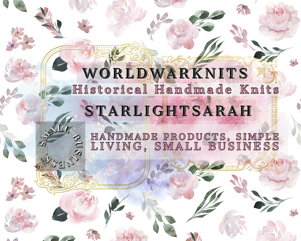
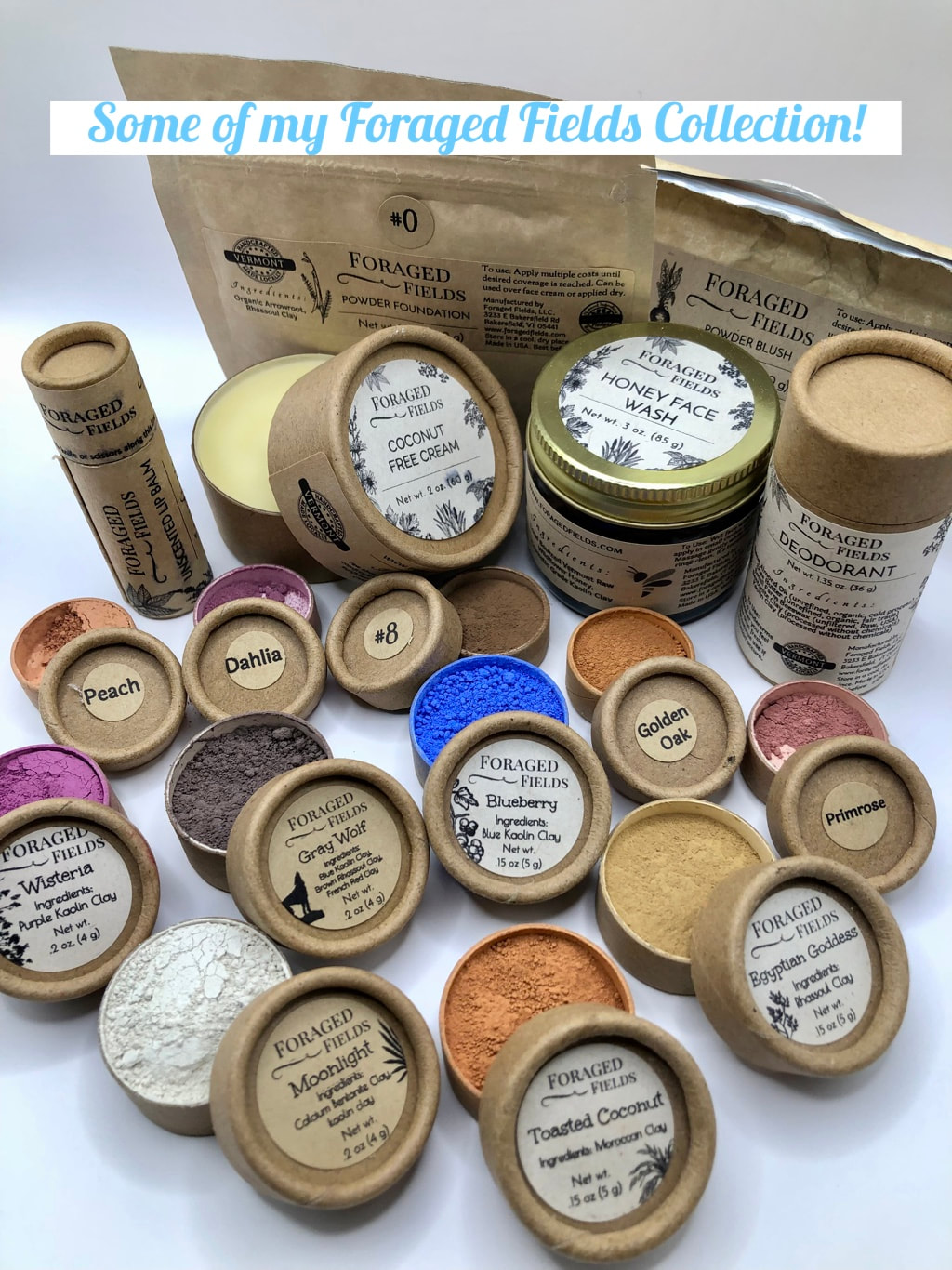
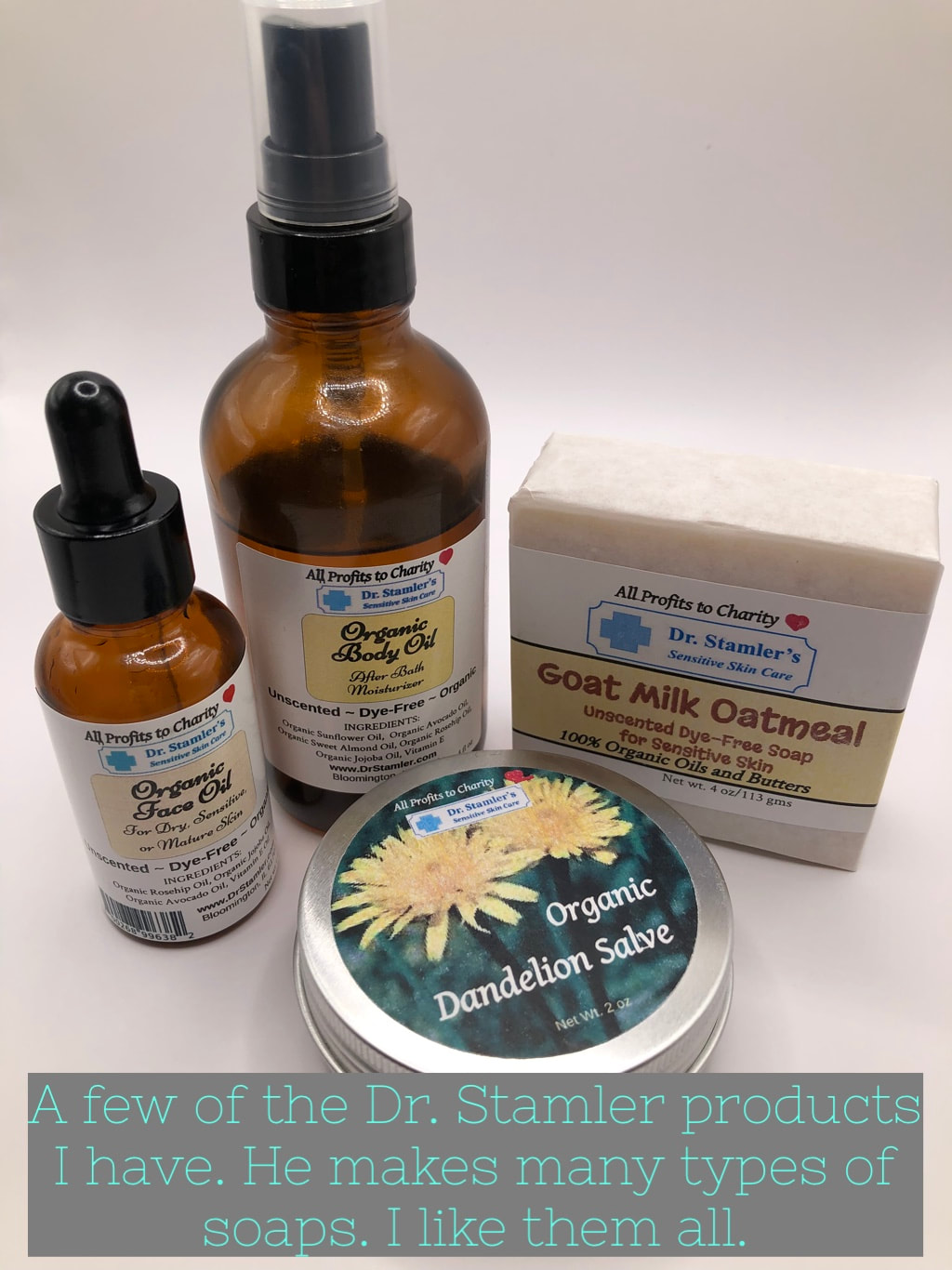
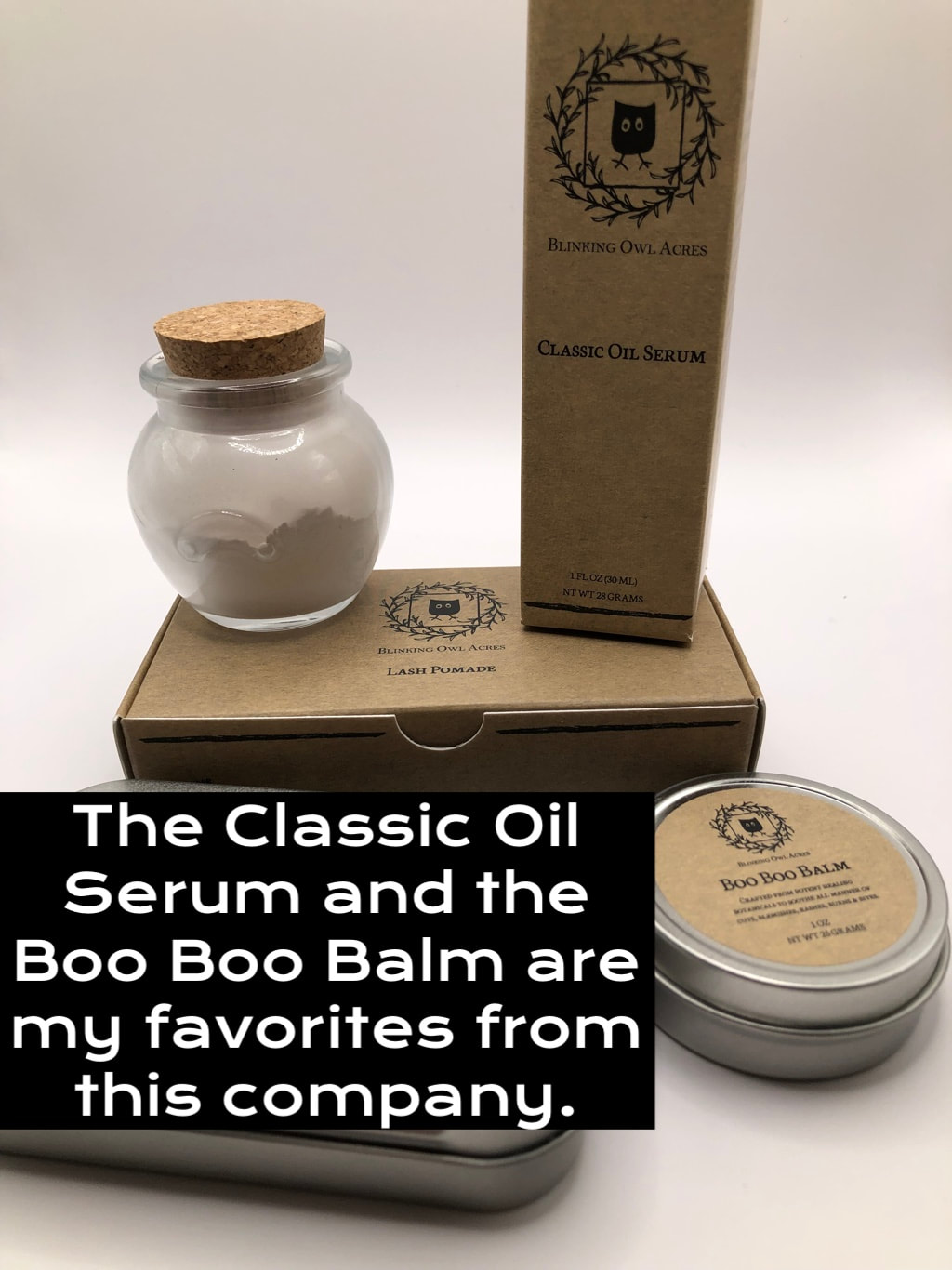
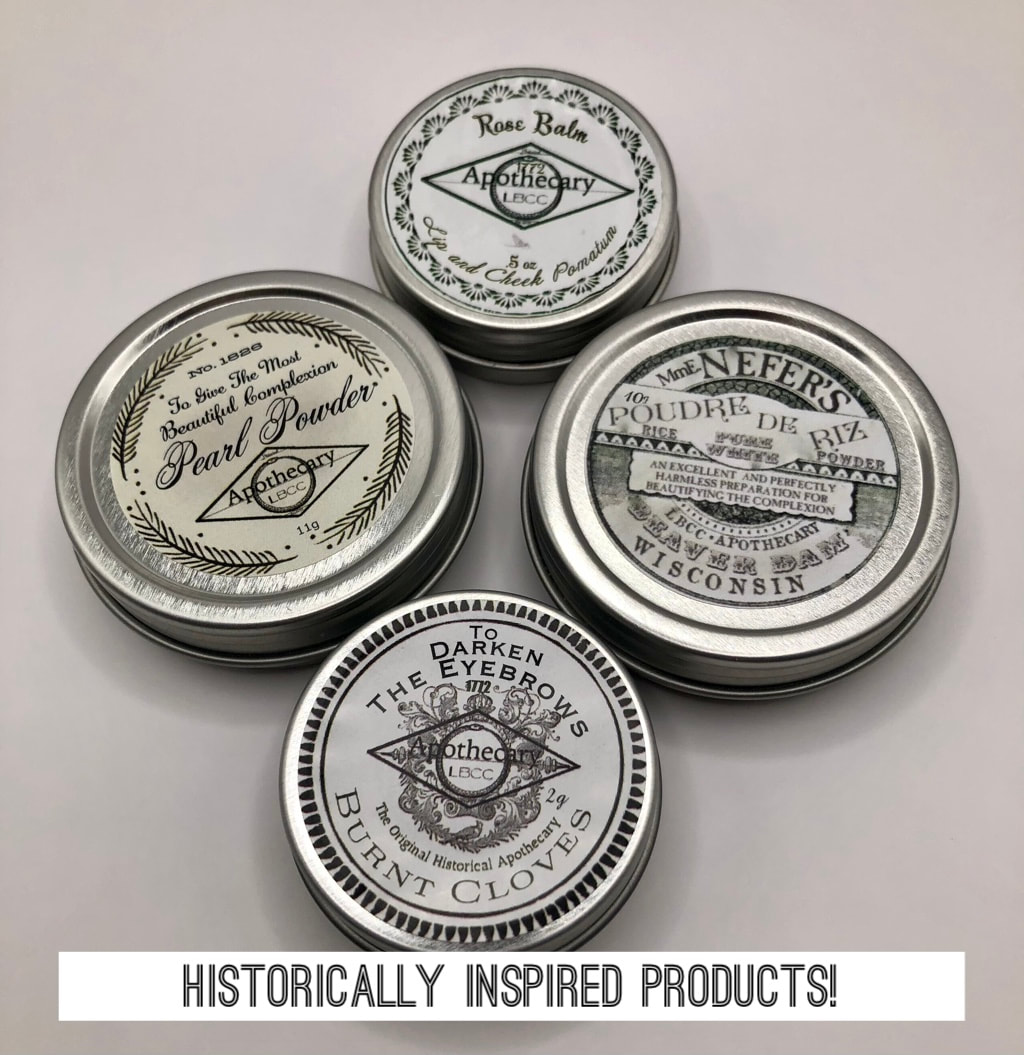
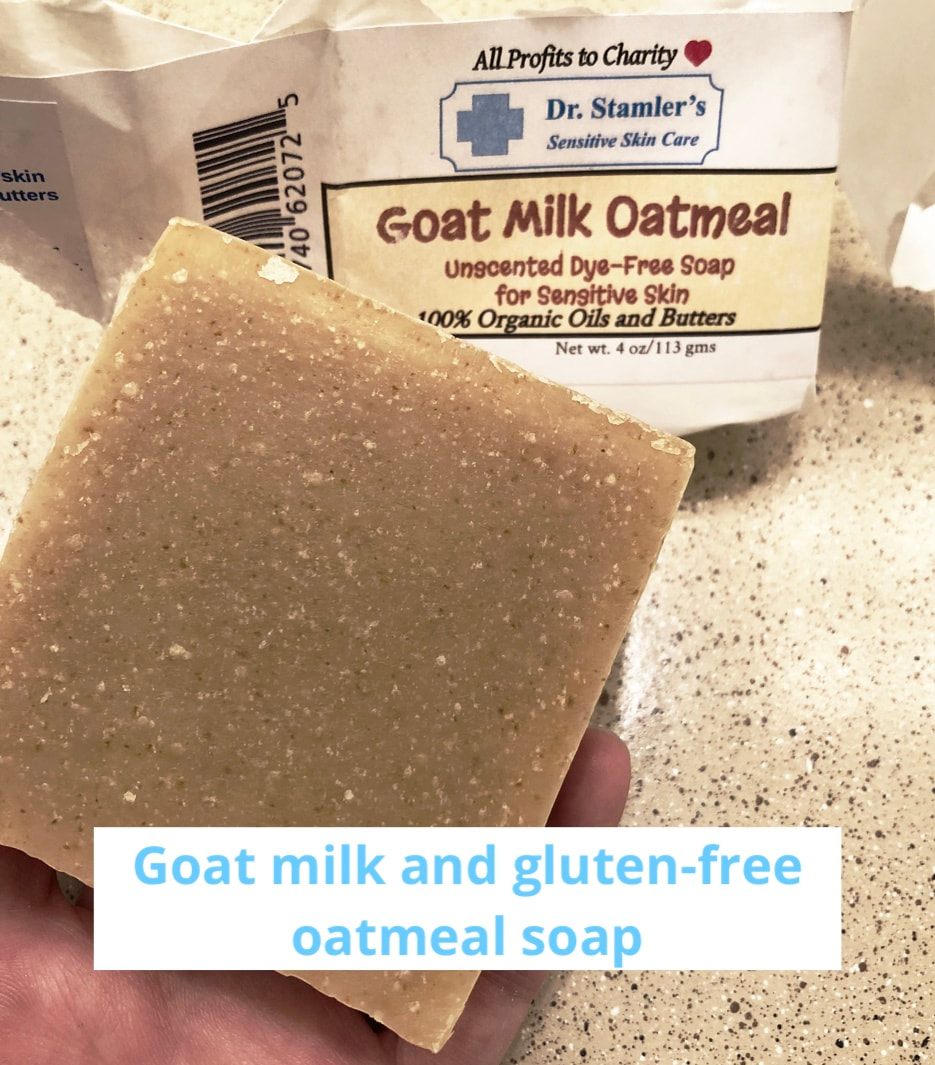
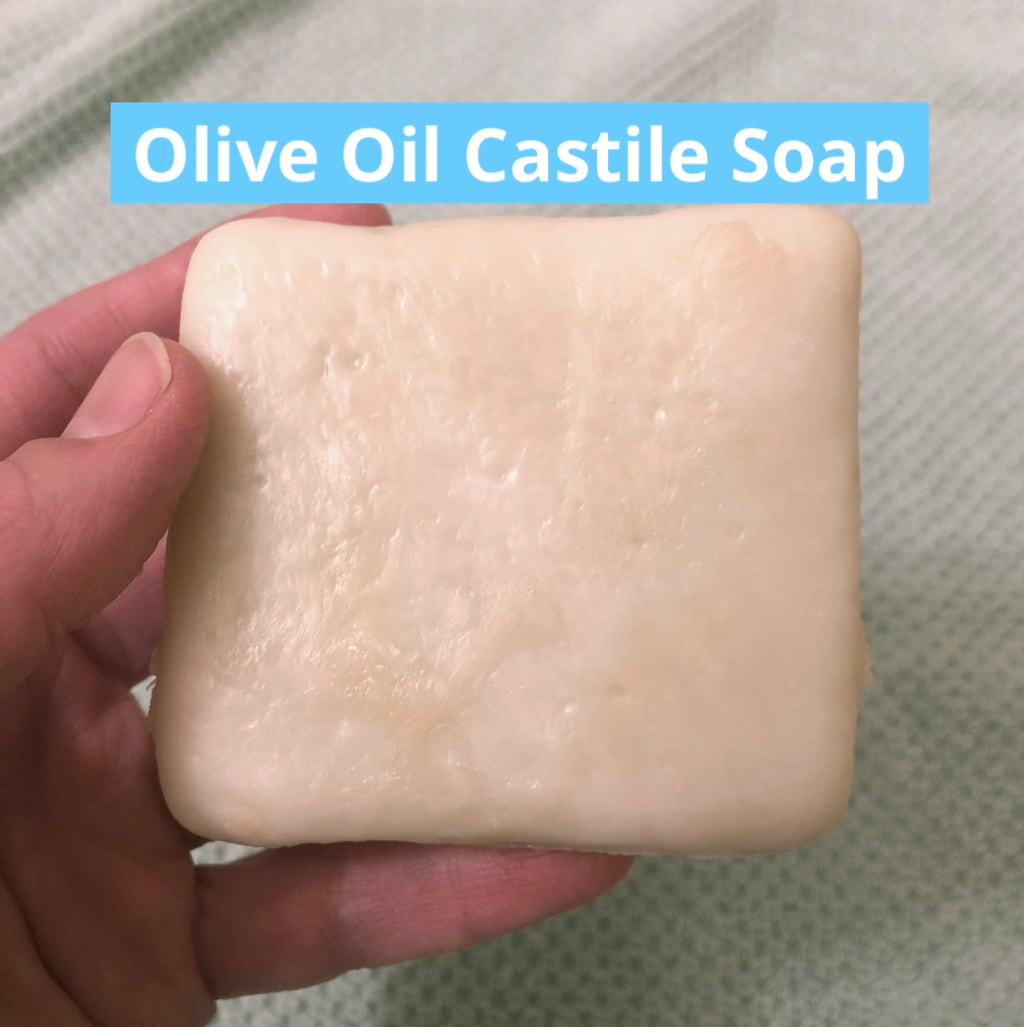
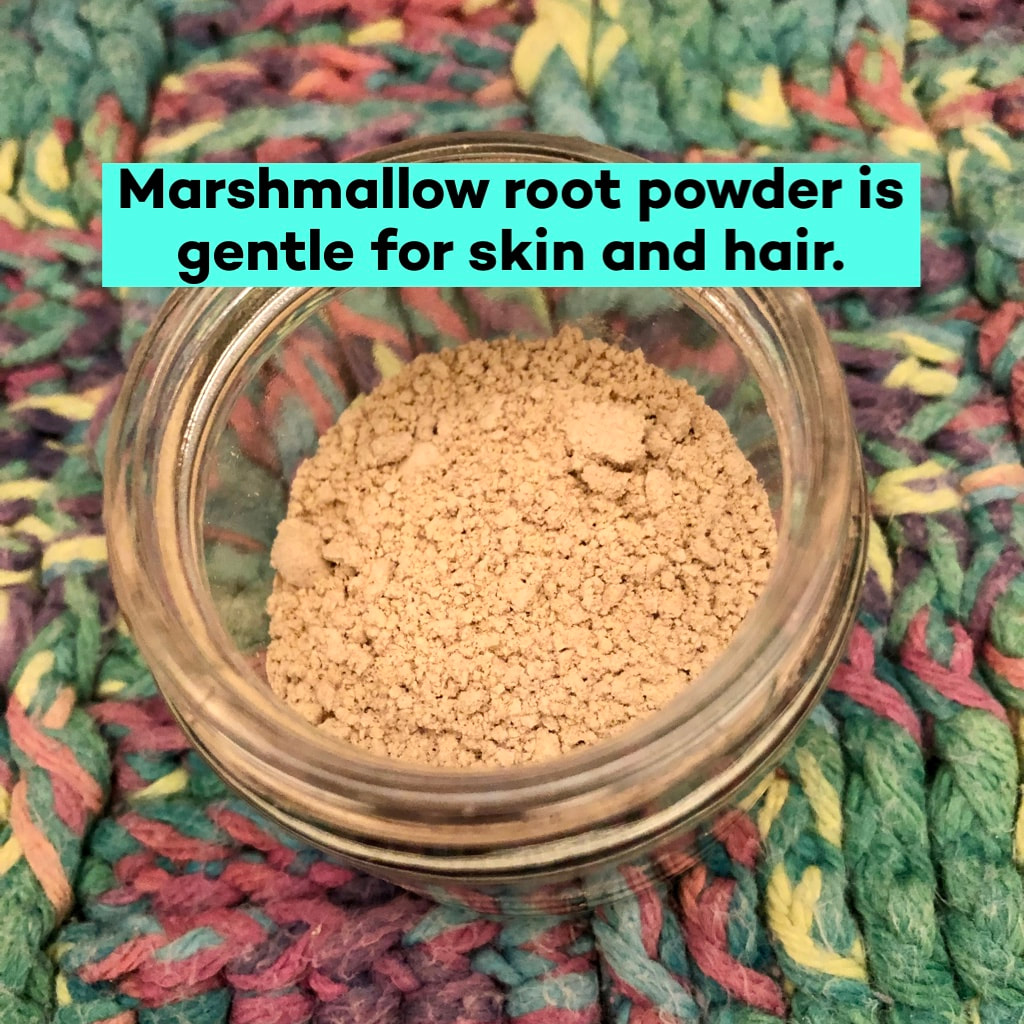
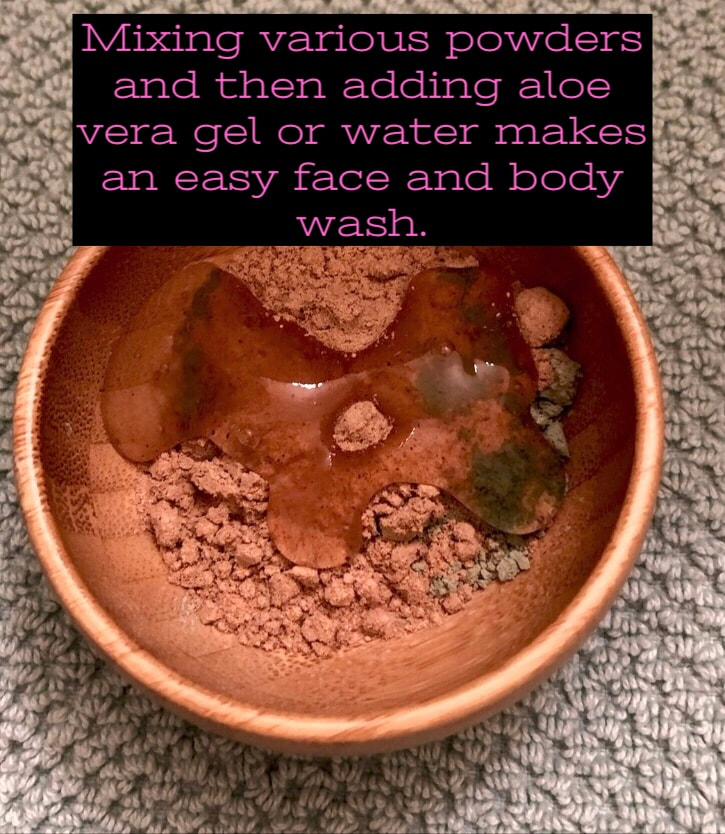
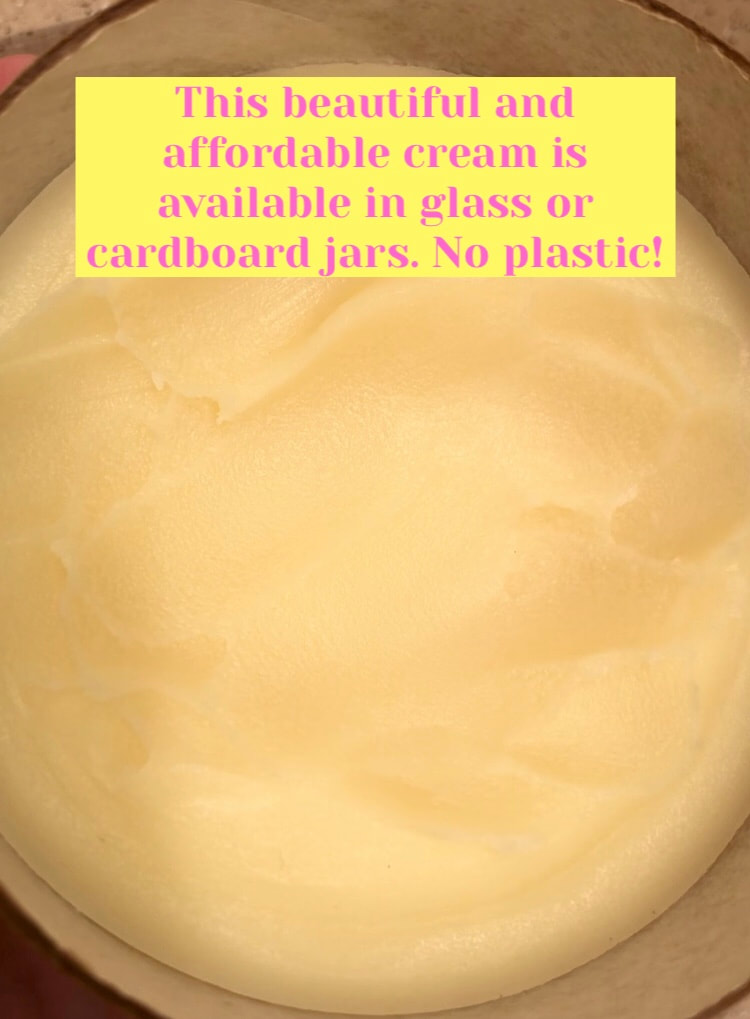
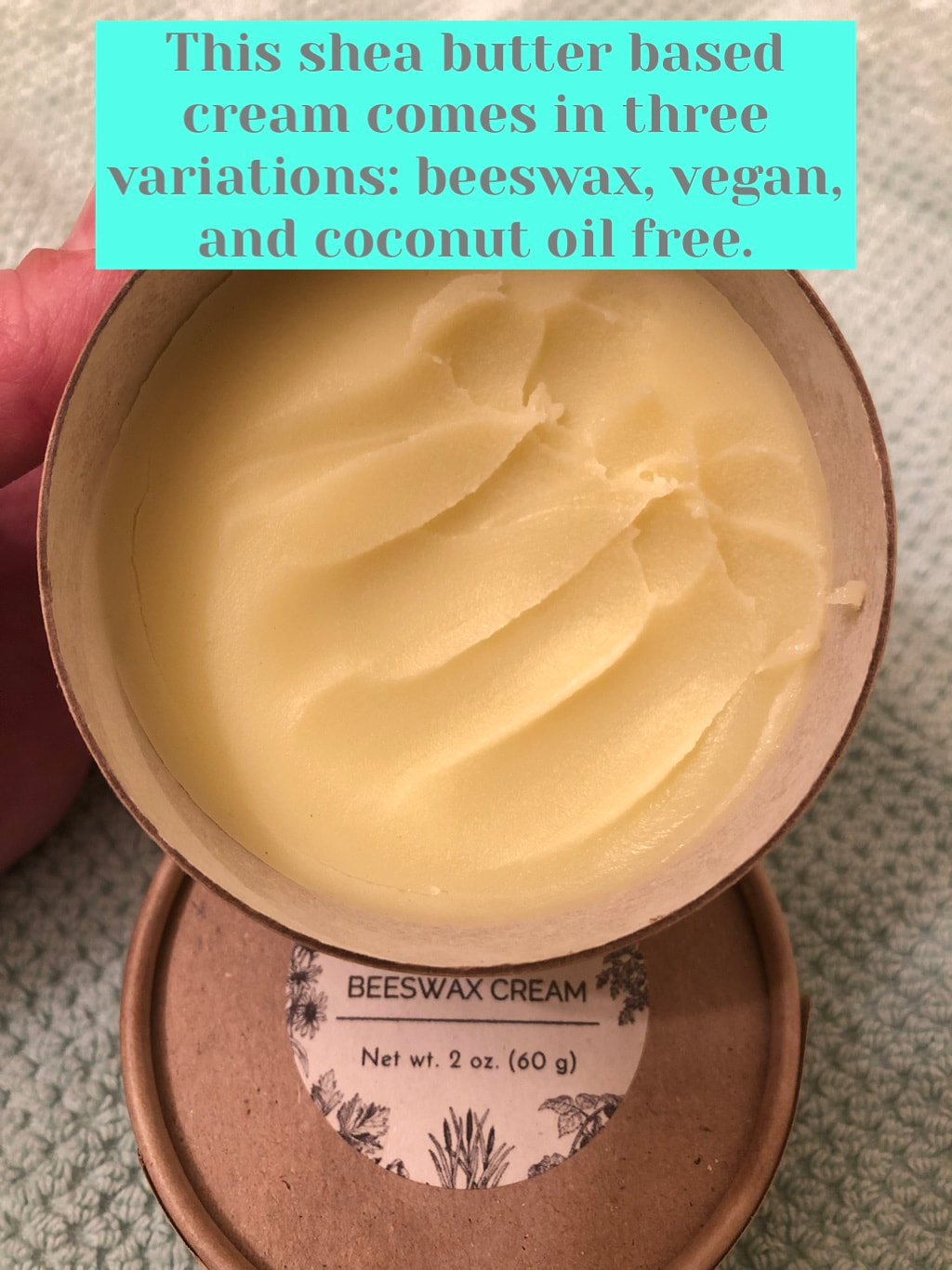
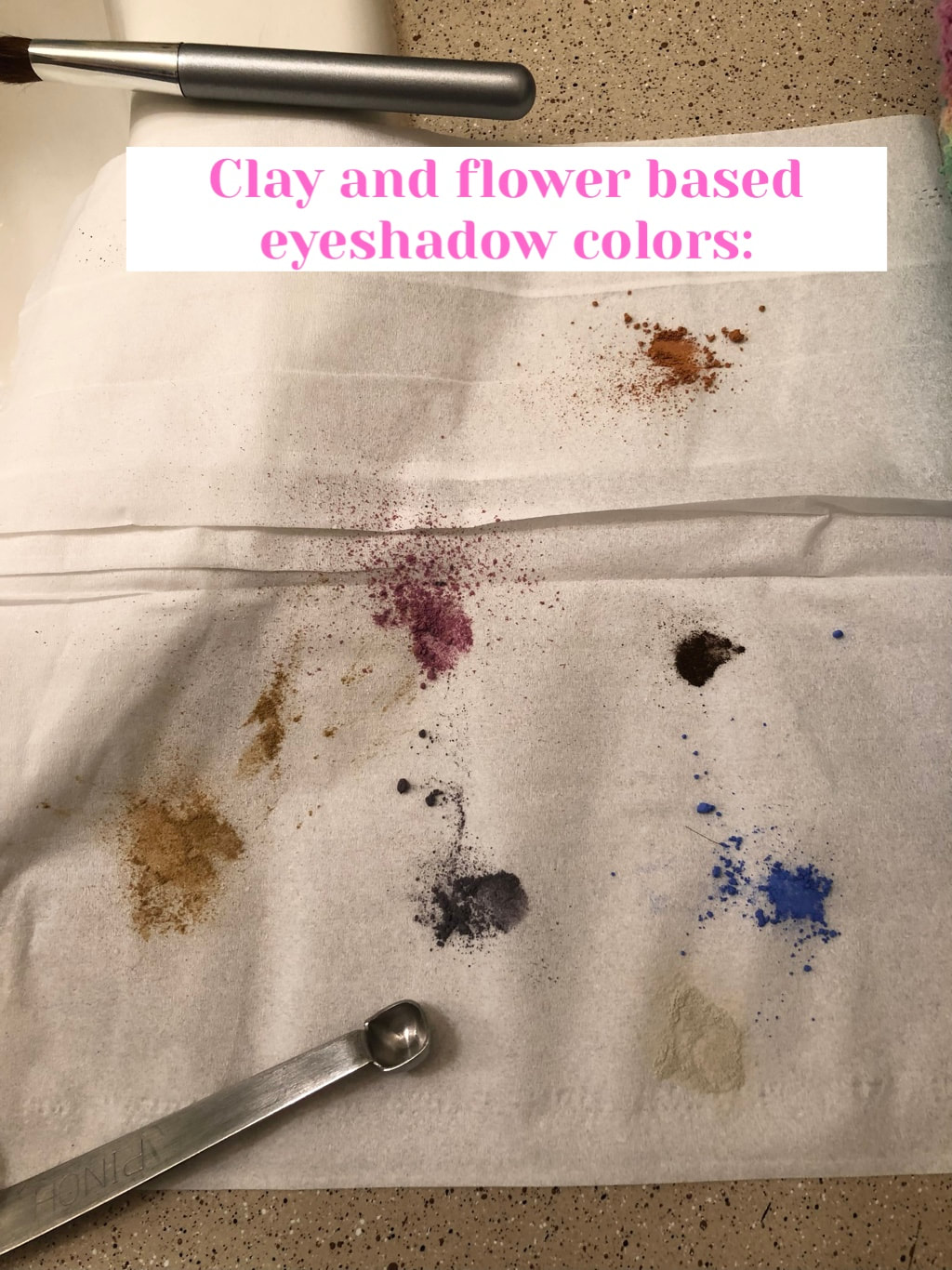
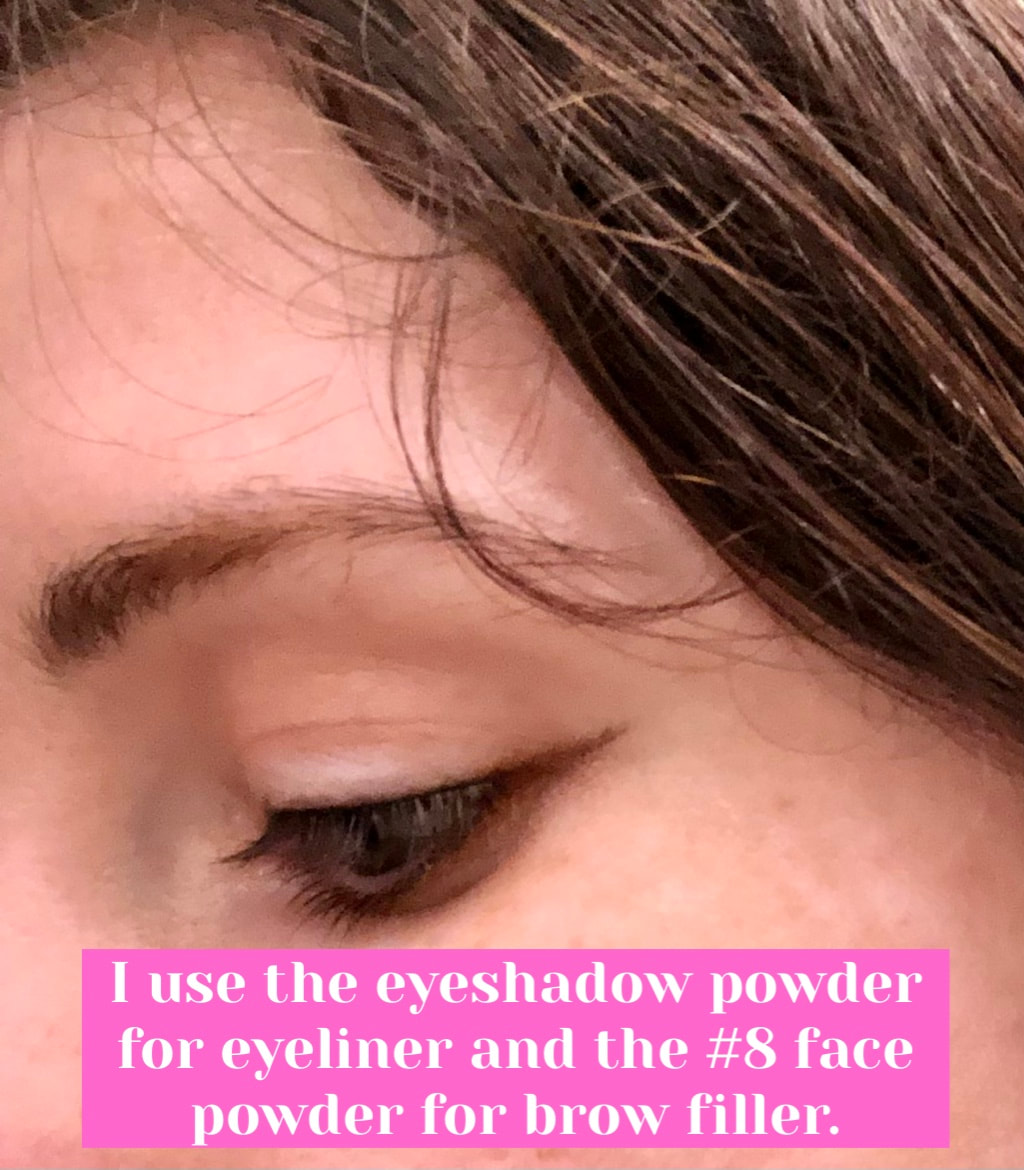
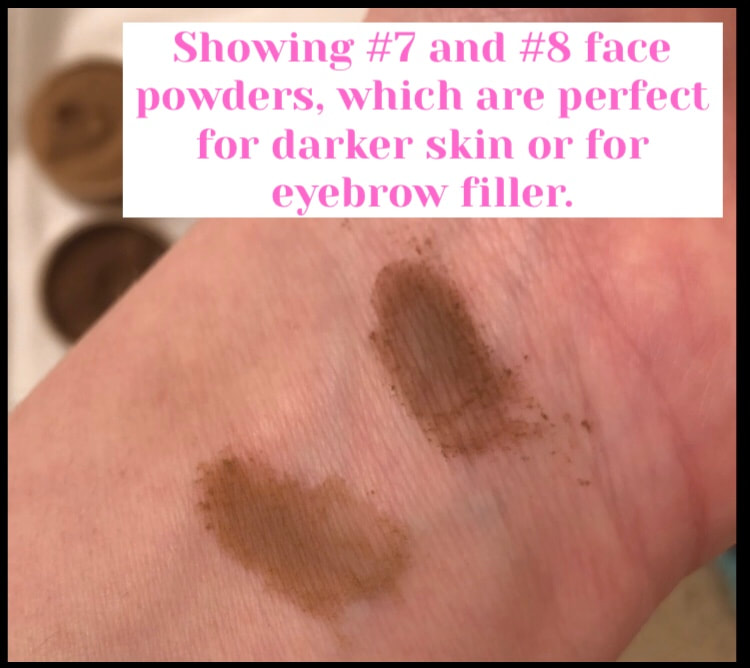
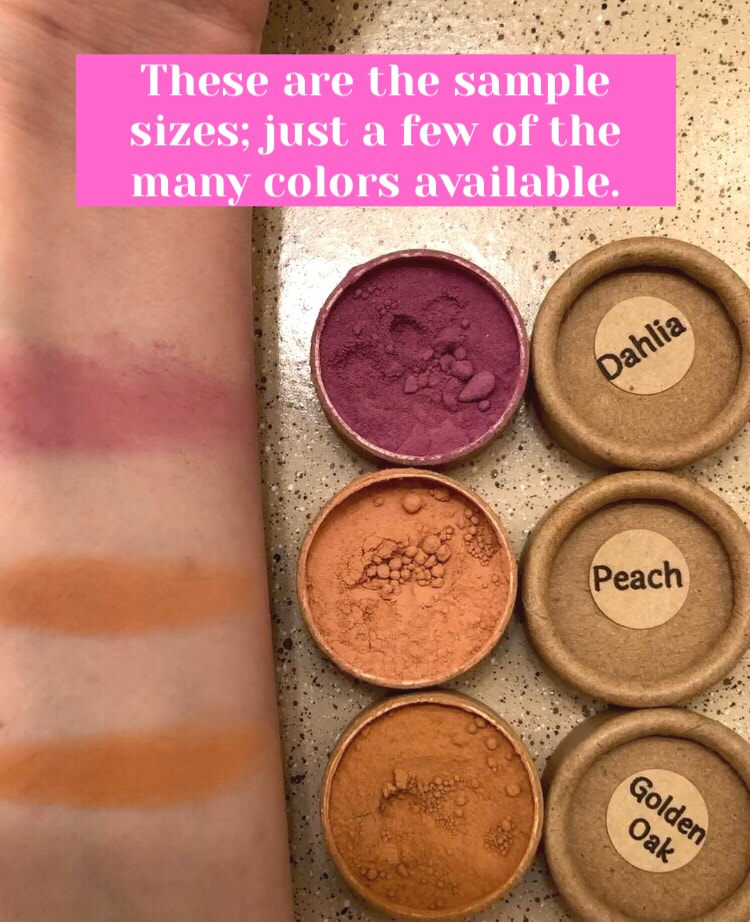
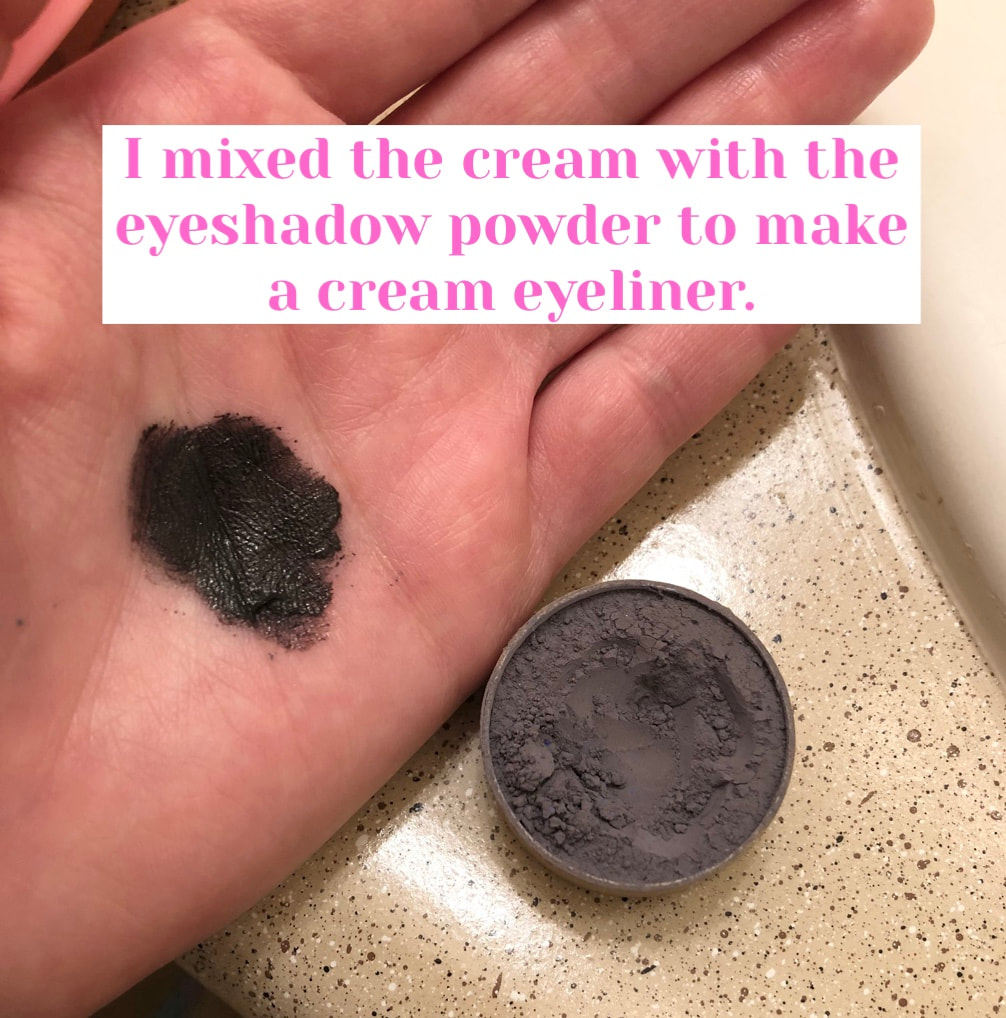
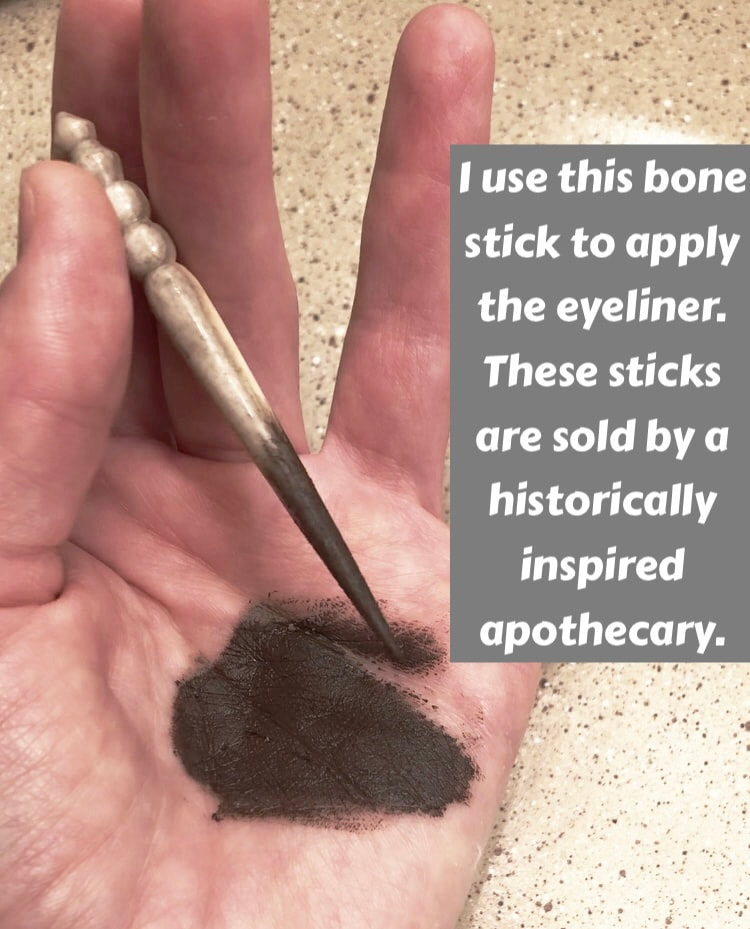
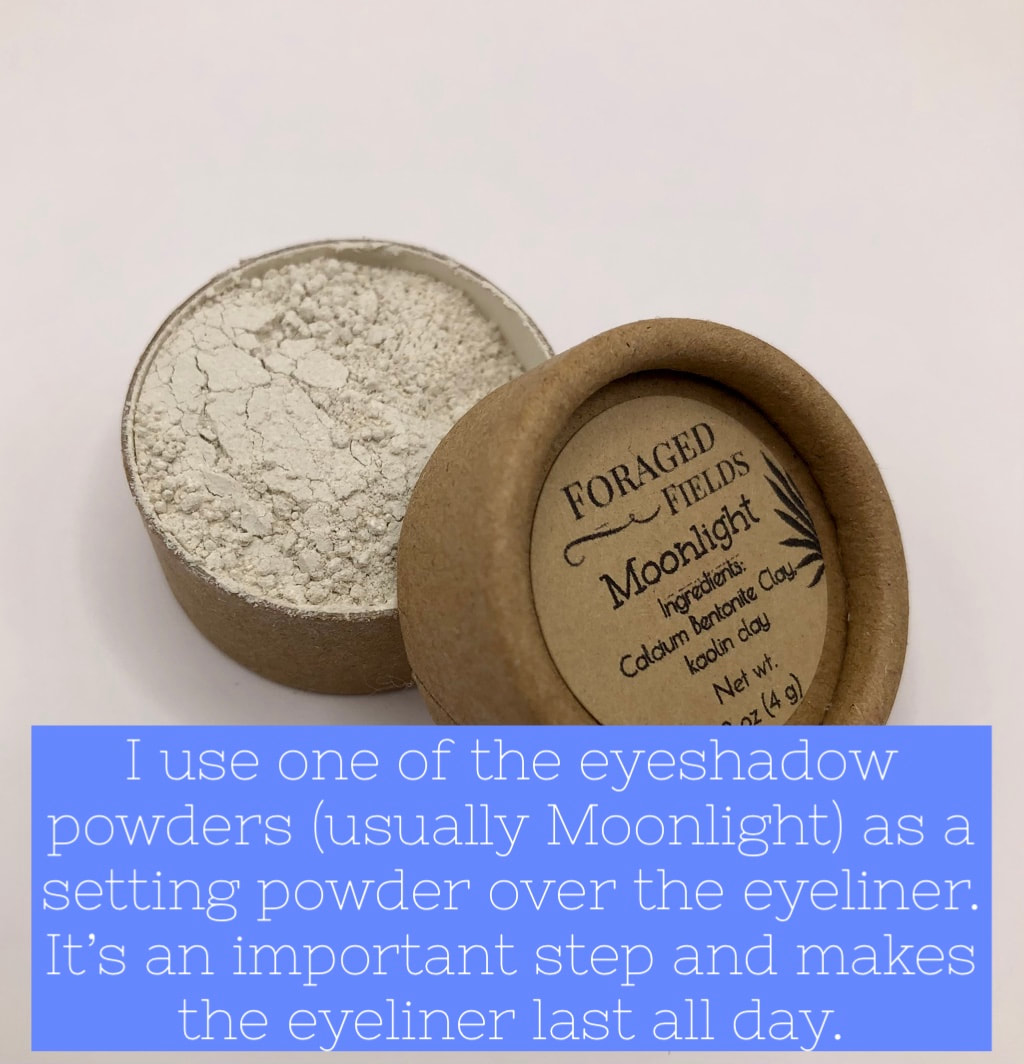
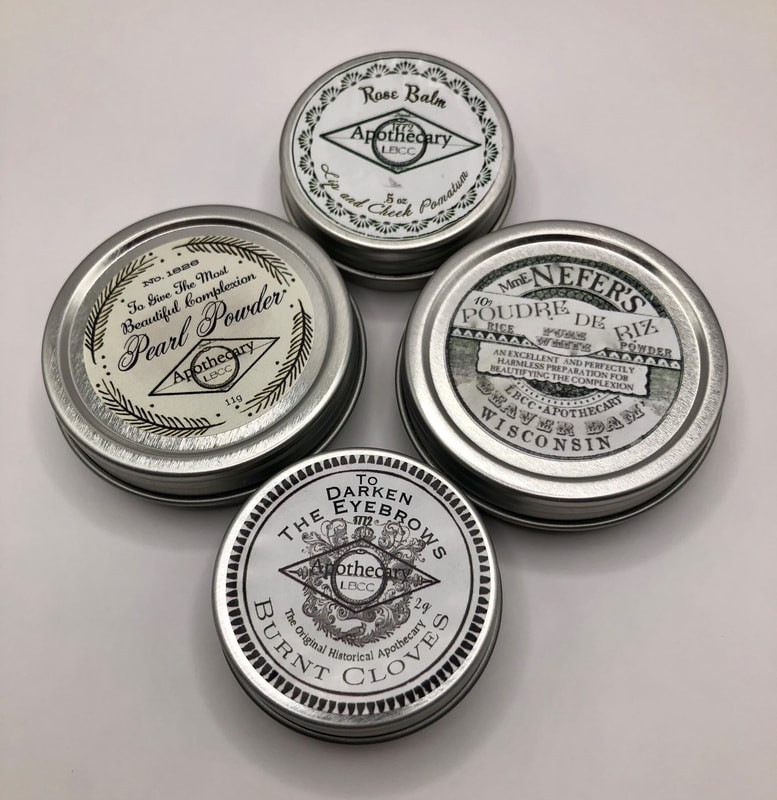
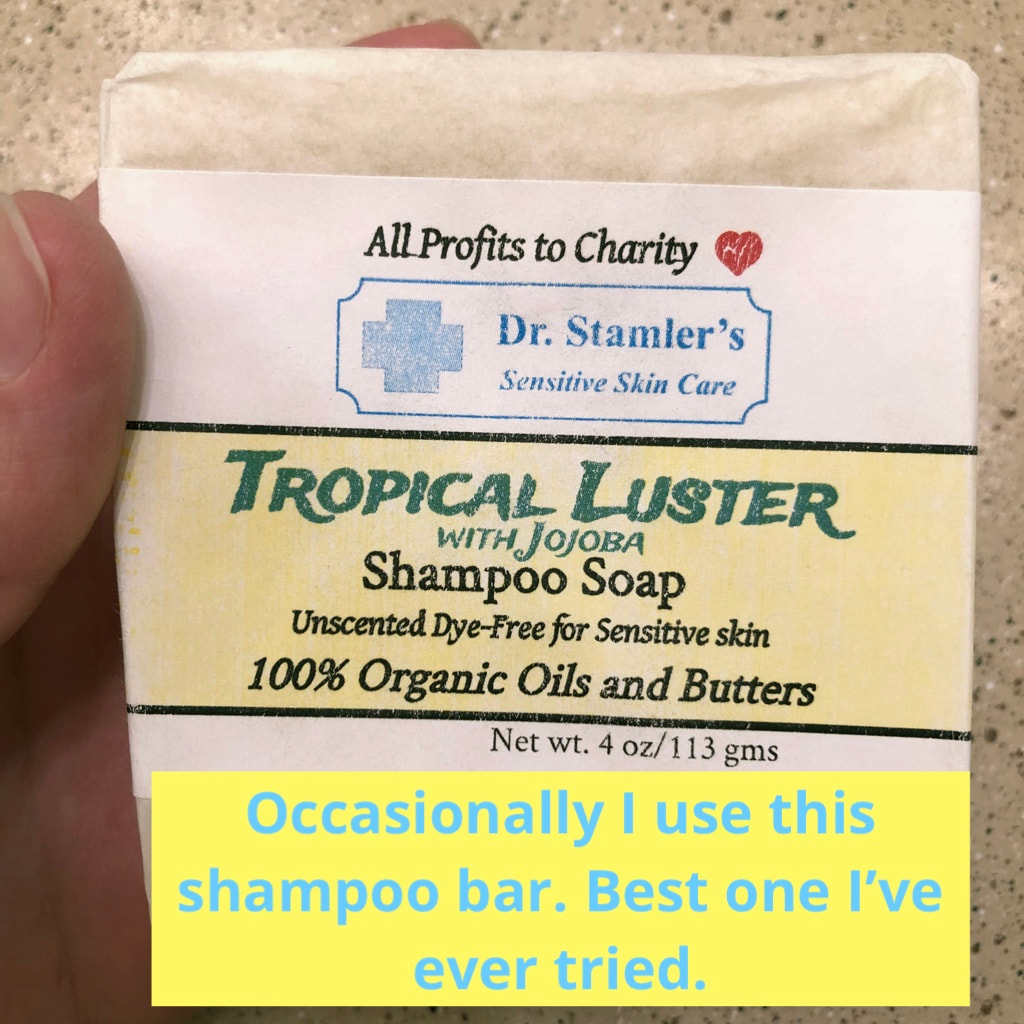
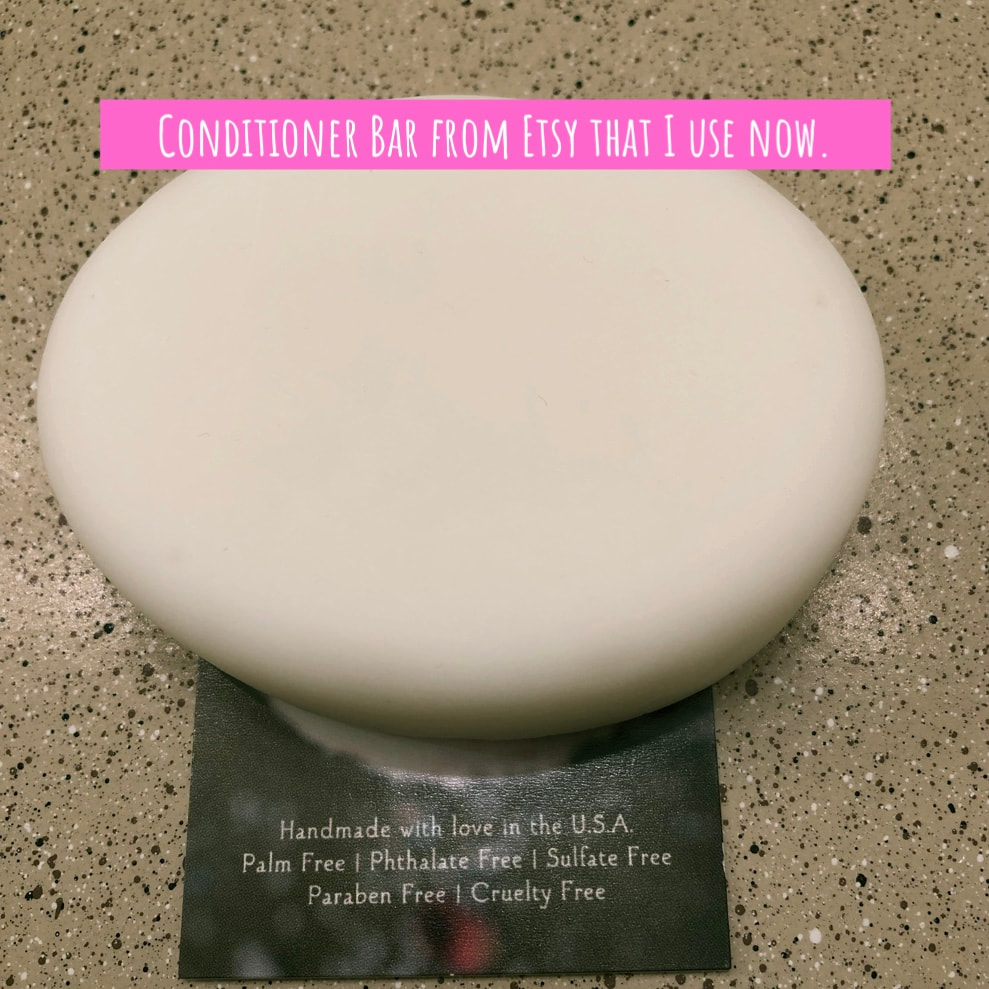
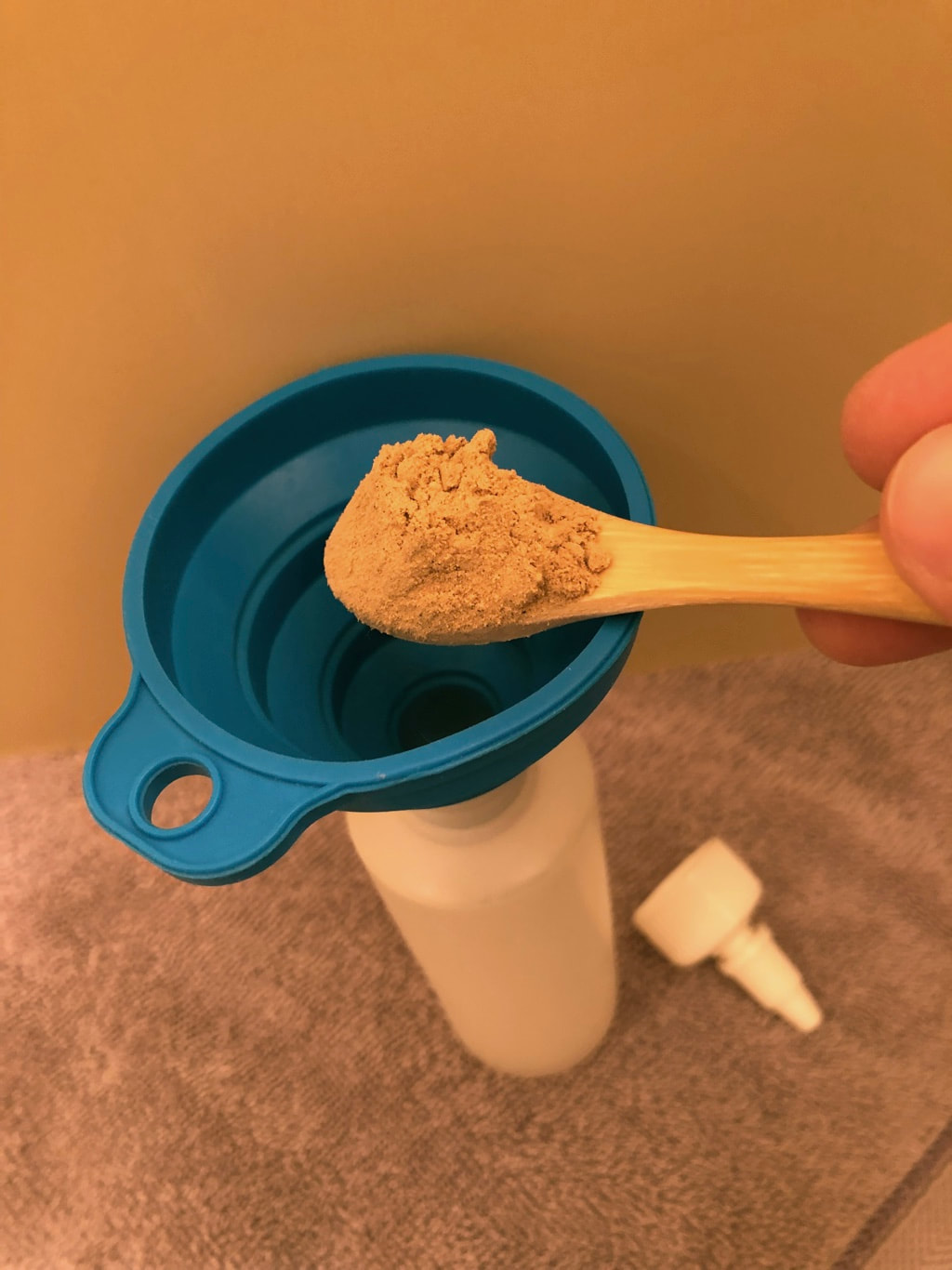
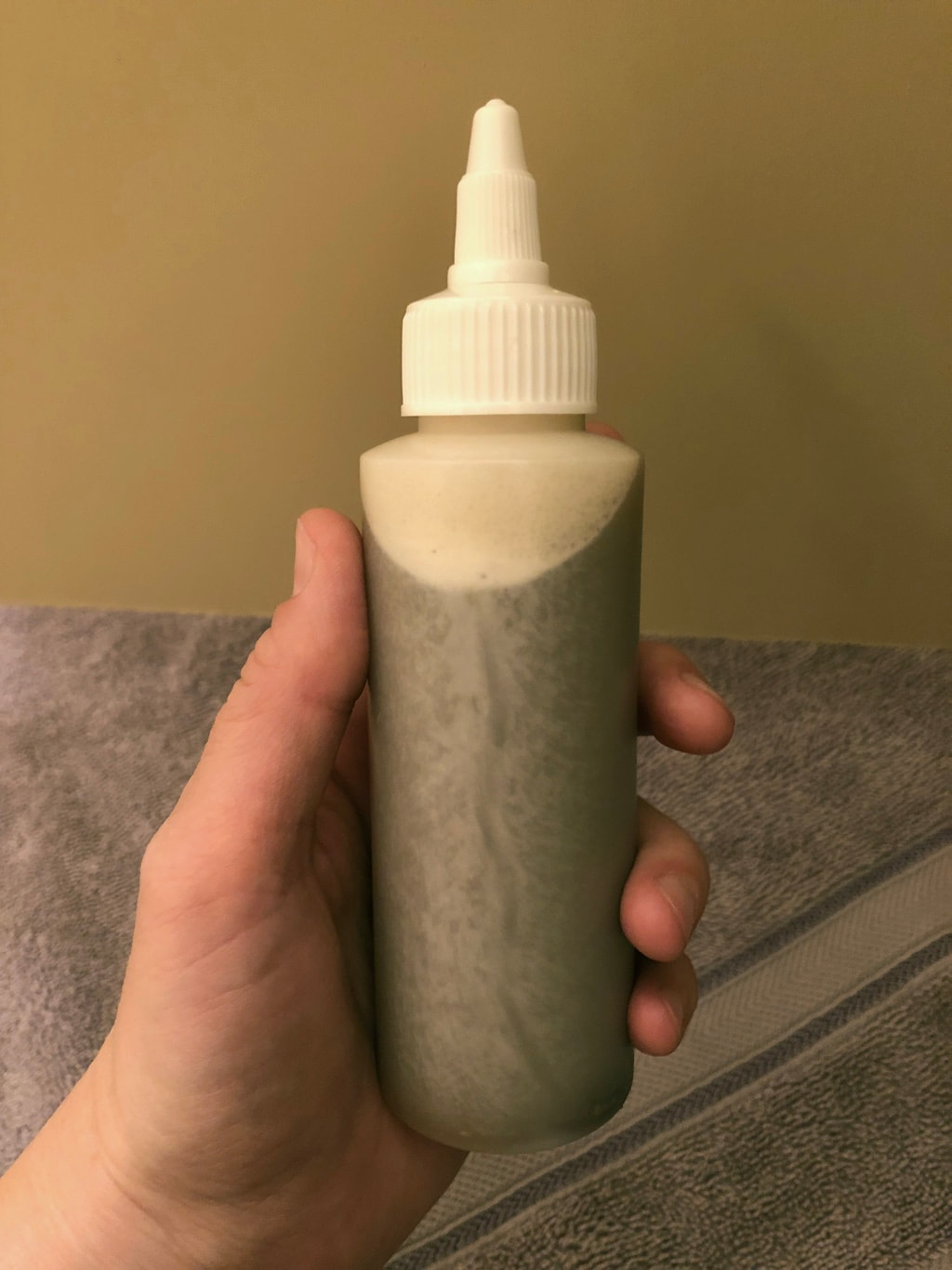
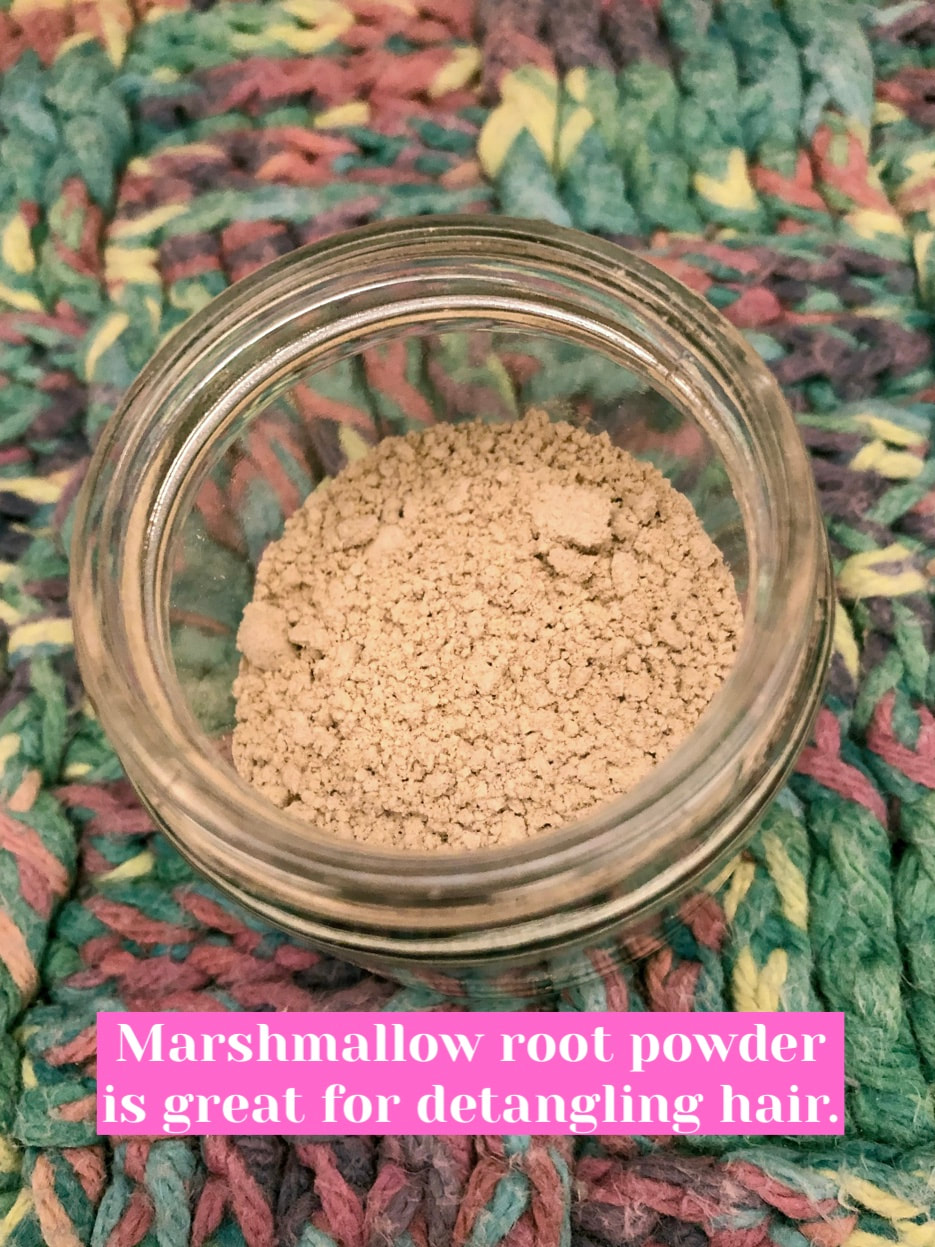

 RSS Feed
RSS Feed